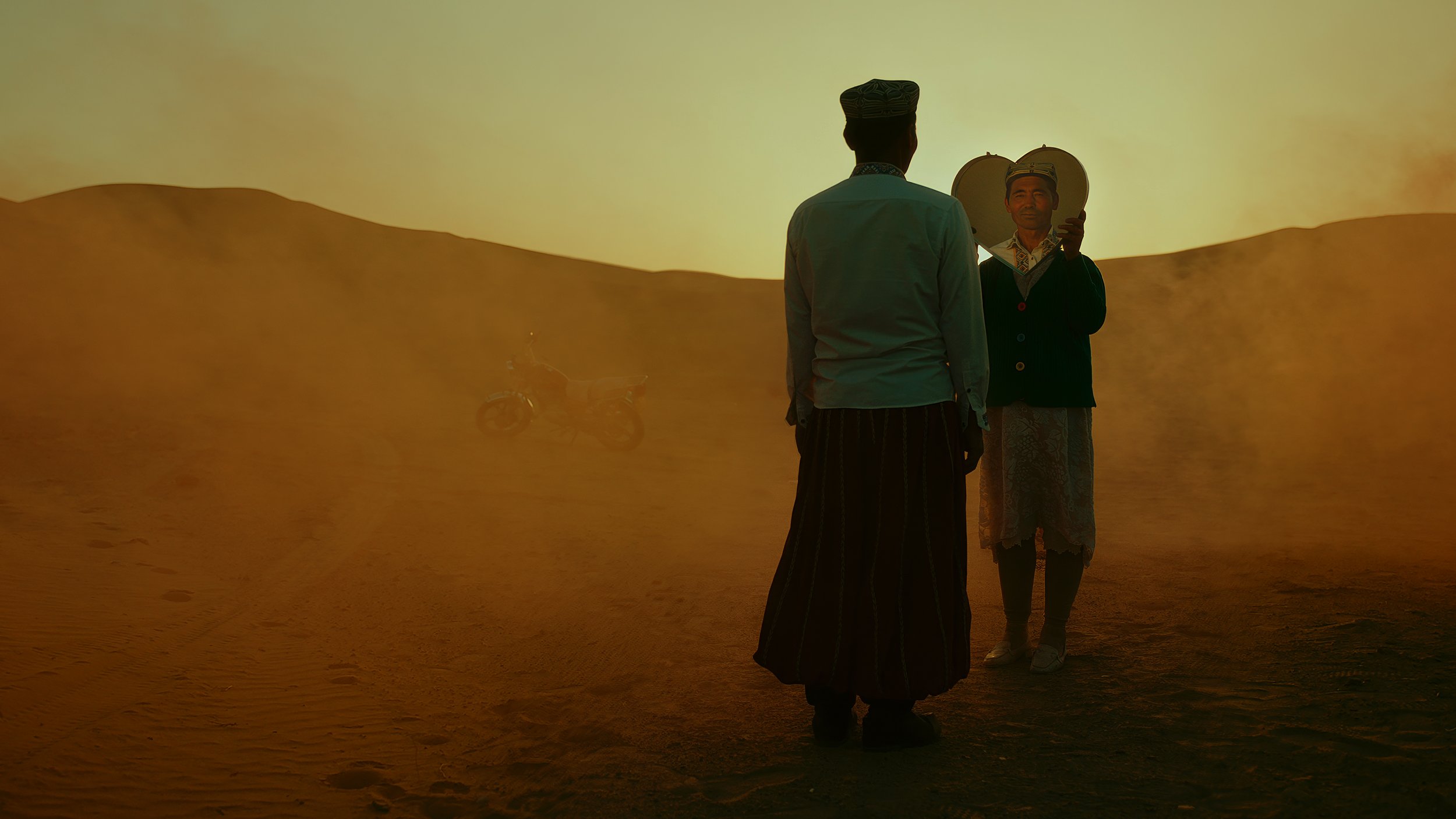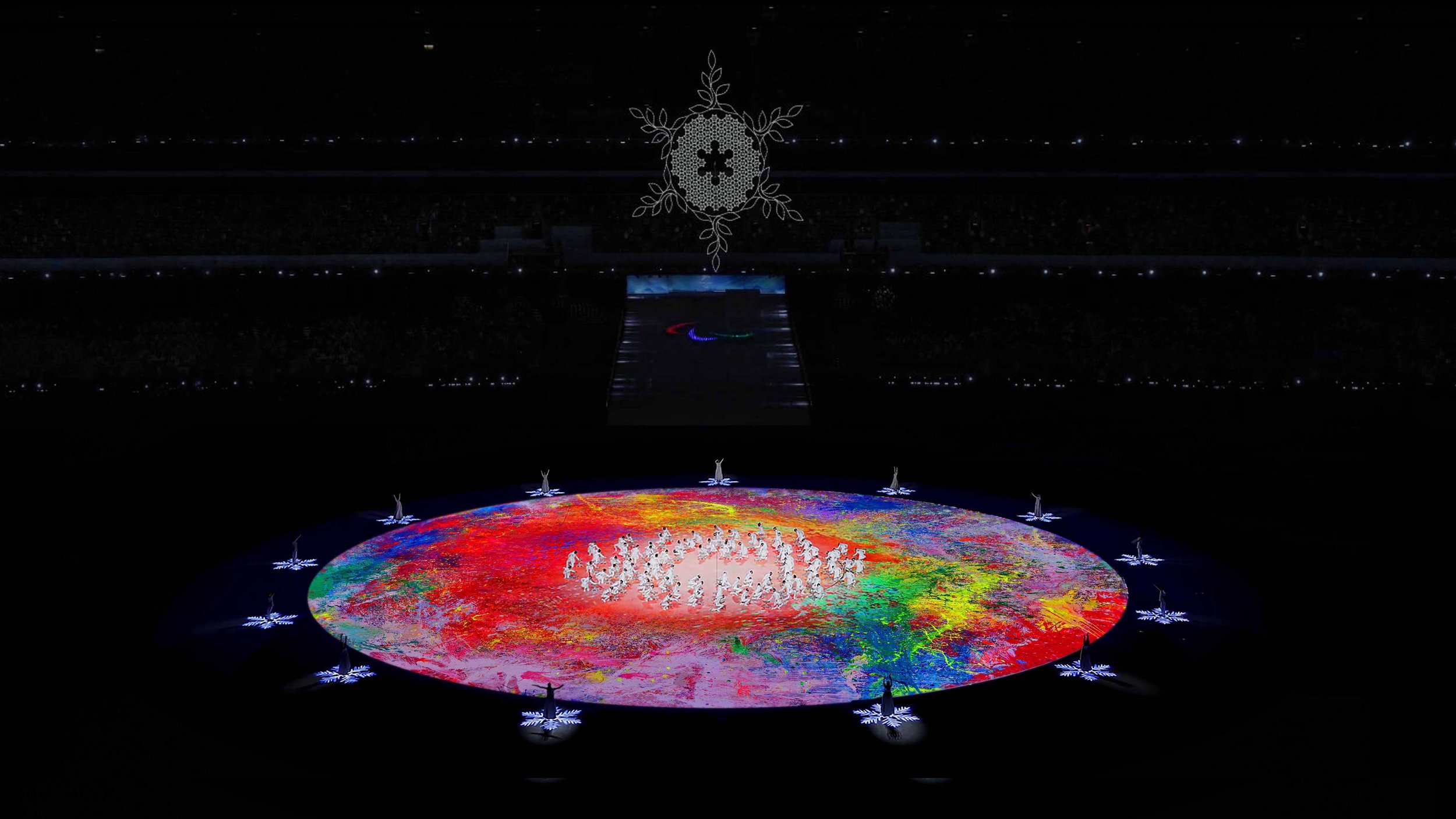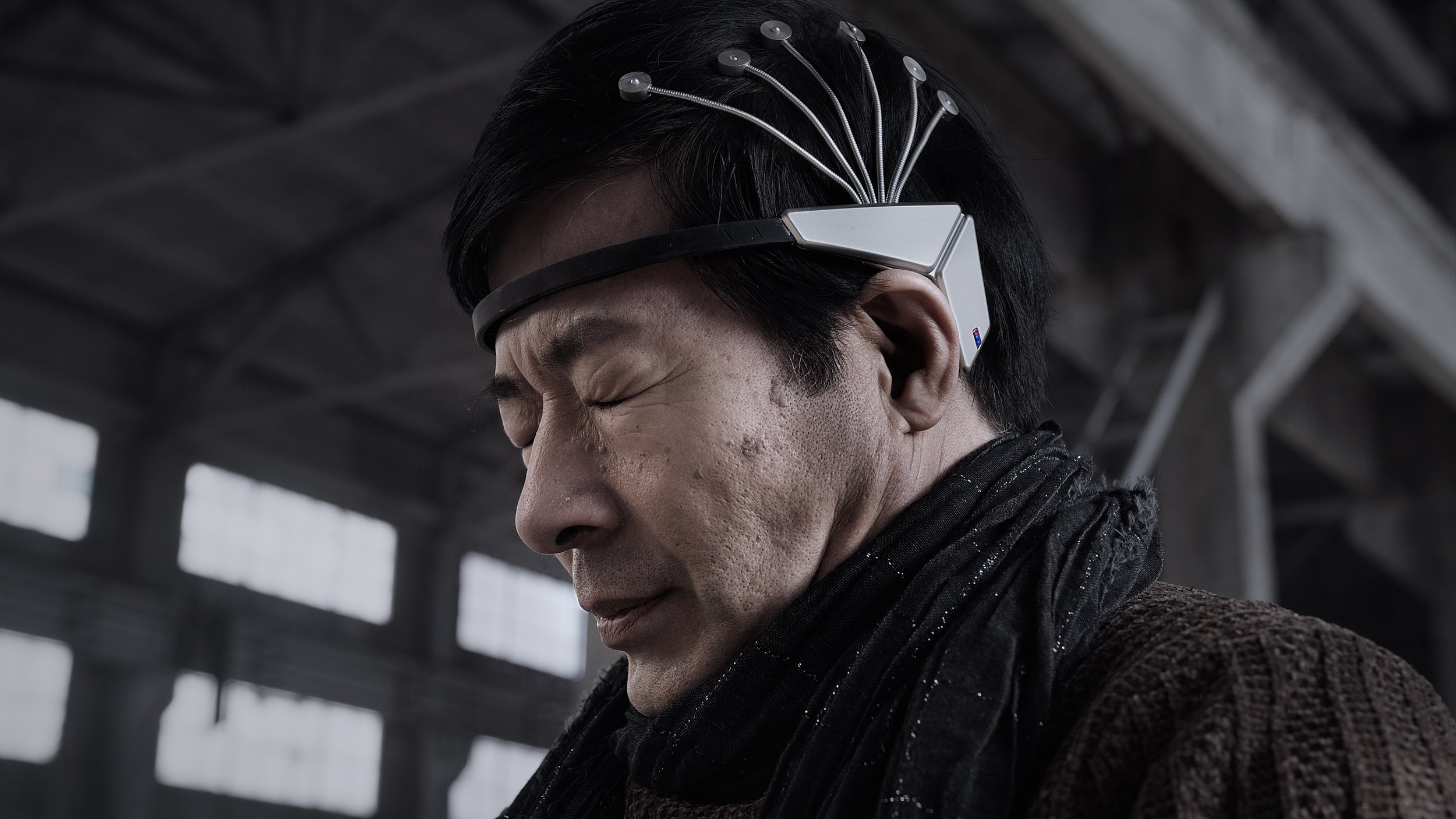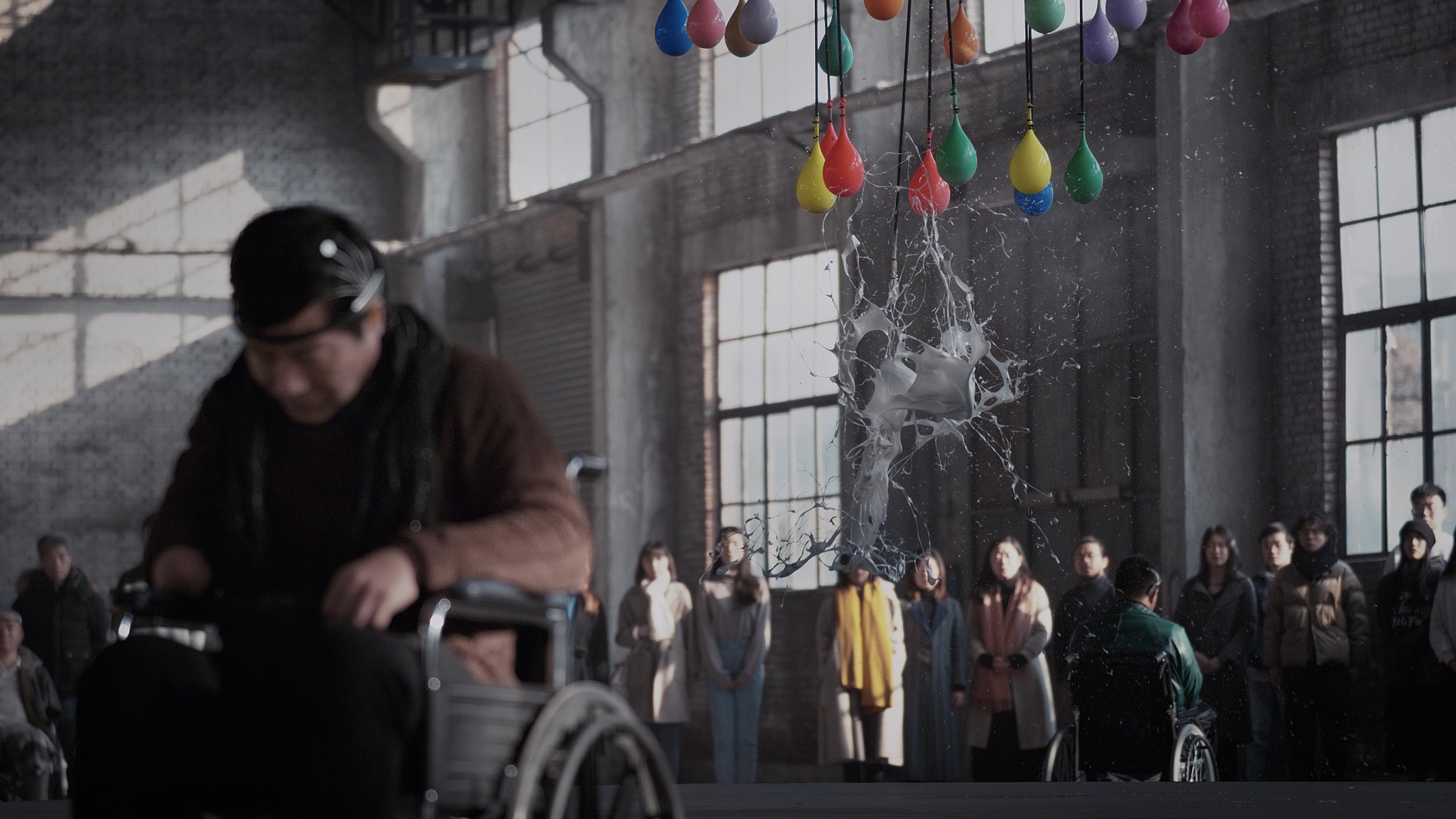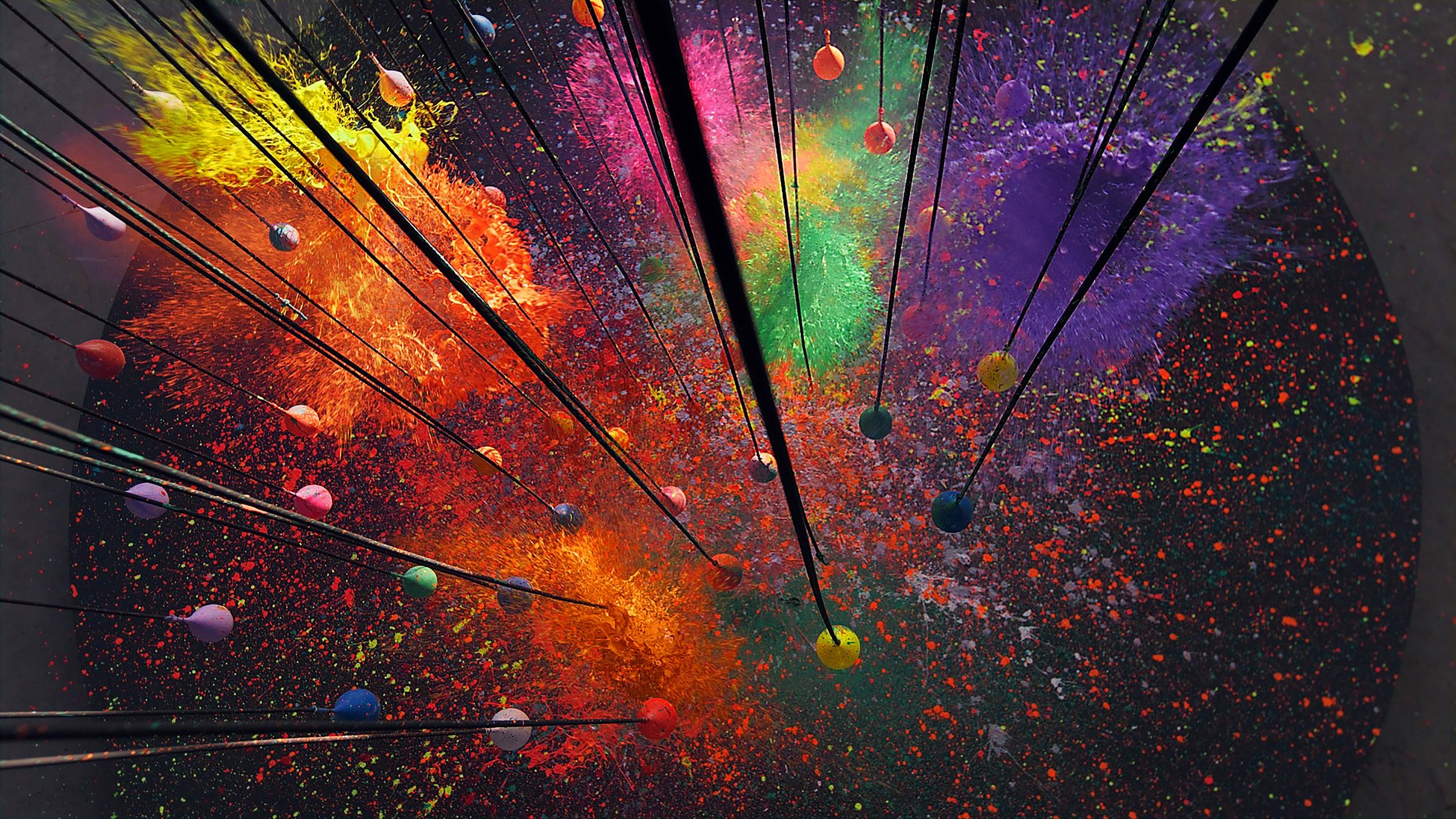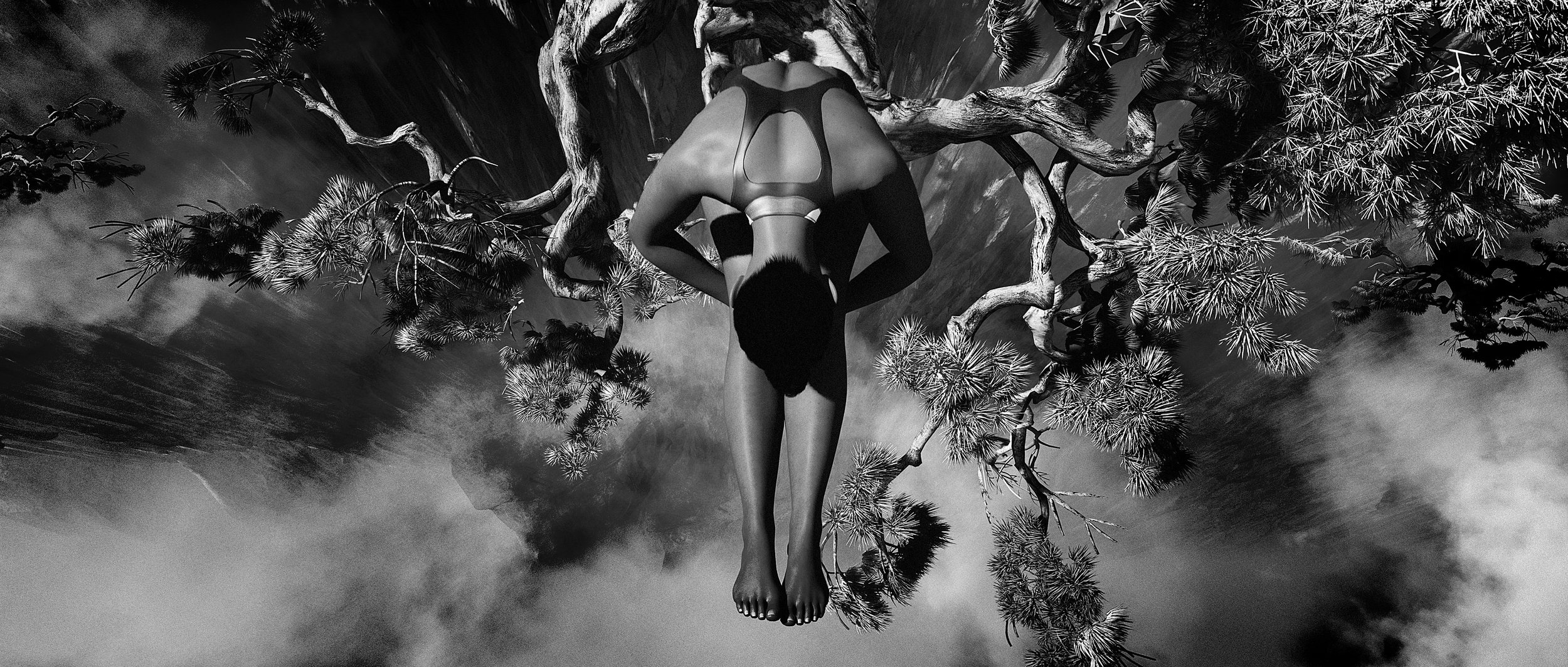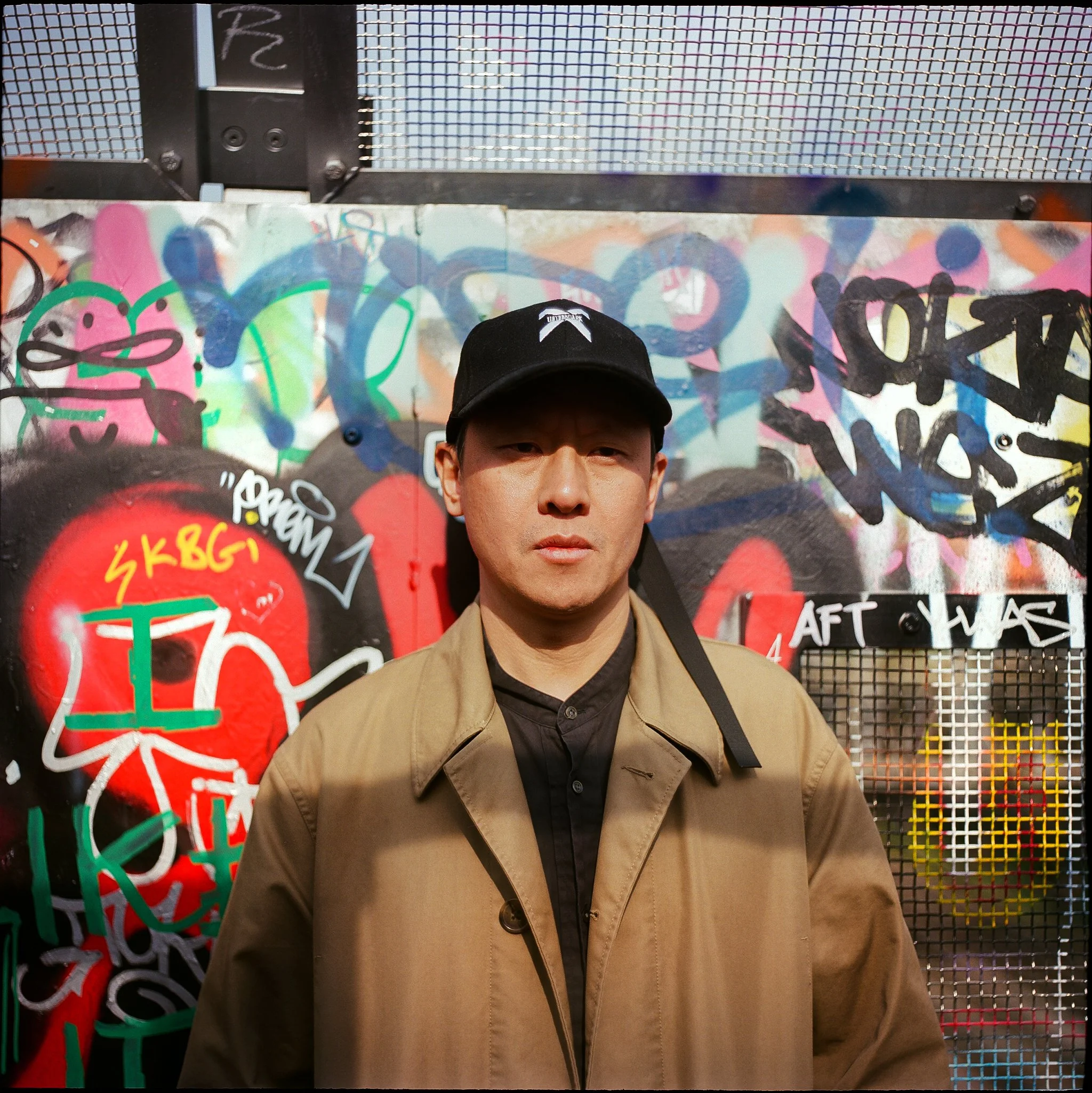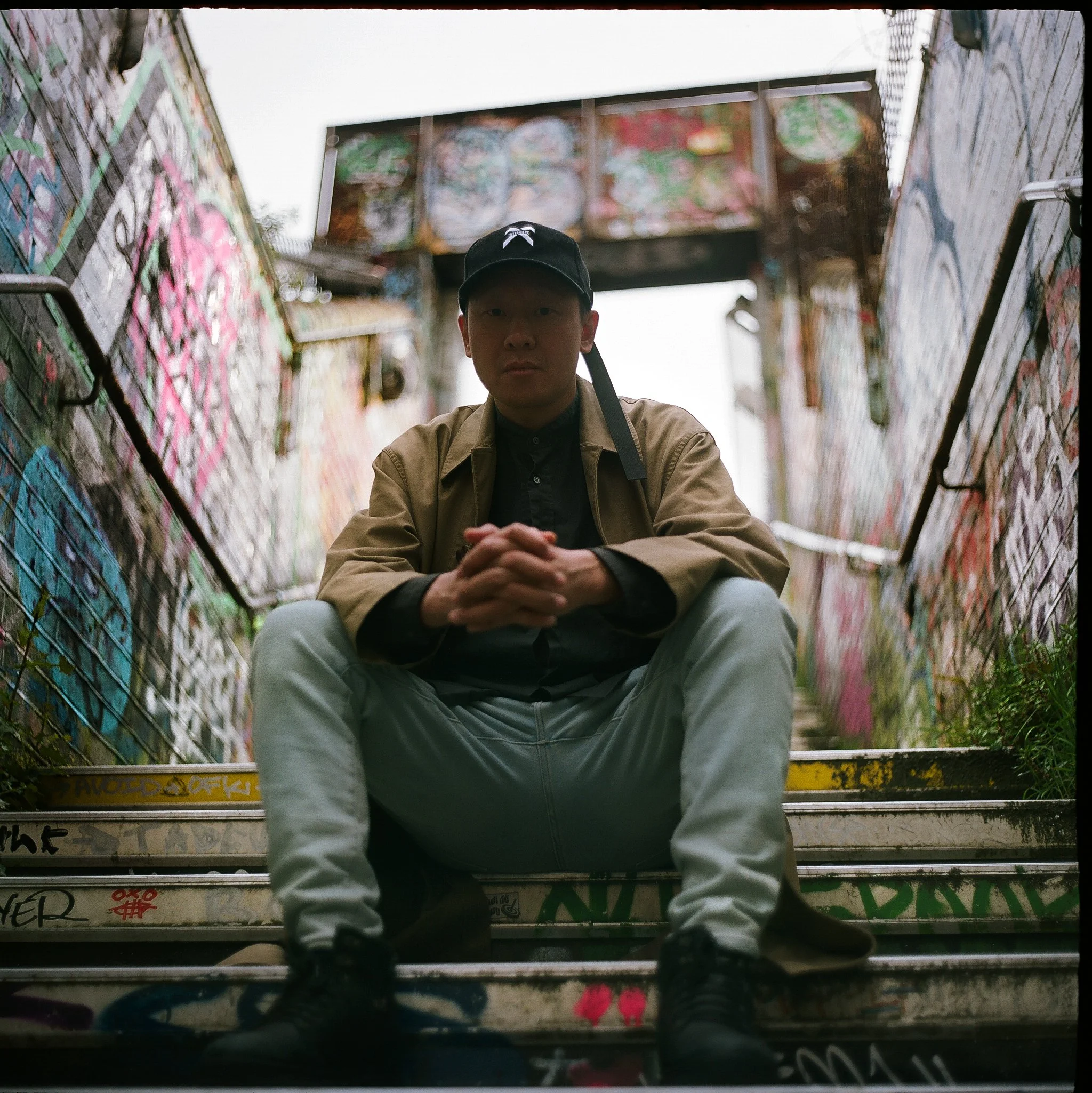I realized that I was faced with TWO problems. Jody Xiong Founder & art Director - The Nine.
Interview Images: Dmi Vas @master.it.london
Interview
1. What's a recent creative project that really excited you? What was it about?
- This September’s Yotkan Ancient City project gave me much thrill, all the way through its conception to directing.
Yotkan Ancient City was the capital of the ancient Khotan Kingdom, one of the Thirty-Six States of the Western Regions during the Han and Tang dynasties. It's a renowned historical site located in Hetian, Xinjiang, China. Xinjiang Fruit and Tourism Group, drawing inspiration from historical records, has faithfully reconstructed this ancient city using the architectural vocabulary of ancient Khotan. Through a promotional short film, they aim to attract tourists to experience the magnificent of Yotkan Ancient City.
The name "Yotkan" in ancient Xinjiang language translates to "blanket in the desert." I unveil this "blanket" and explore the magnificent of Yotkan Ancient City, including its architectural aesthetics, historical culture, local customs, culinary delights, and traditional performances.
I collaborated with musician Ma Shang You to create a song titled "A Thousand Years" dedicated to this ancient city. The film follows a young cyclist as he journeys through Yotkan Ancient City, witnessing moments that transcend a thousand years. It features scenes of a princess on horseback galloping through the desert; The trumpeter lying in the vast snowy wilderness soloing for the flock of sheep; a Uighur girl dancing on a rooftop; a soccer enthusiast agile as a hare on the trunk of a Populus euphratica; The elderly motorcycle couple, conversing affectionately about their love as they wander the world; Performers enveloped in 39 meters of emerald silk, resembling living sculptures in motion; The enchanting silhouette of a Loulan heroine running along the eaves of a red wall; powerful cuju matches beneath the Kunlun Mountains; a canoe shooting flames across a serene lake at night, and Tang Dynasty ladies with half-hidden faces playing pipa etc. This dreamlike and enchanting realm showcases the "magnificent" of Yotkan Ancient City to the world.
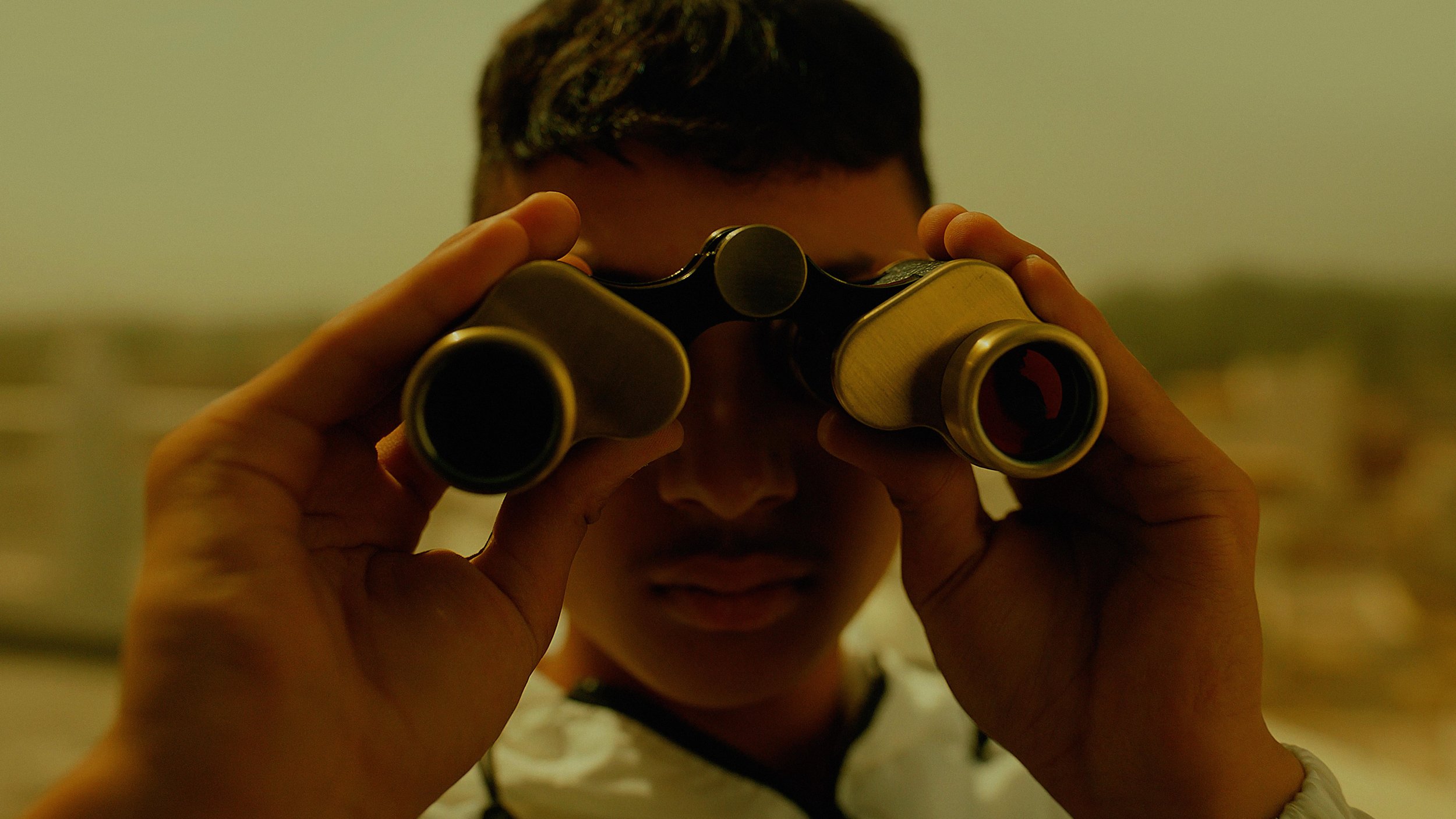

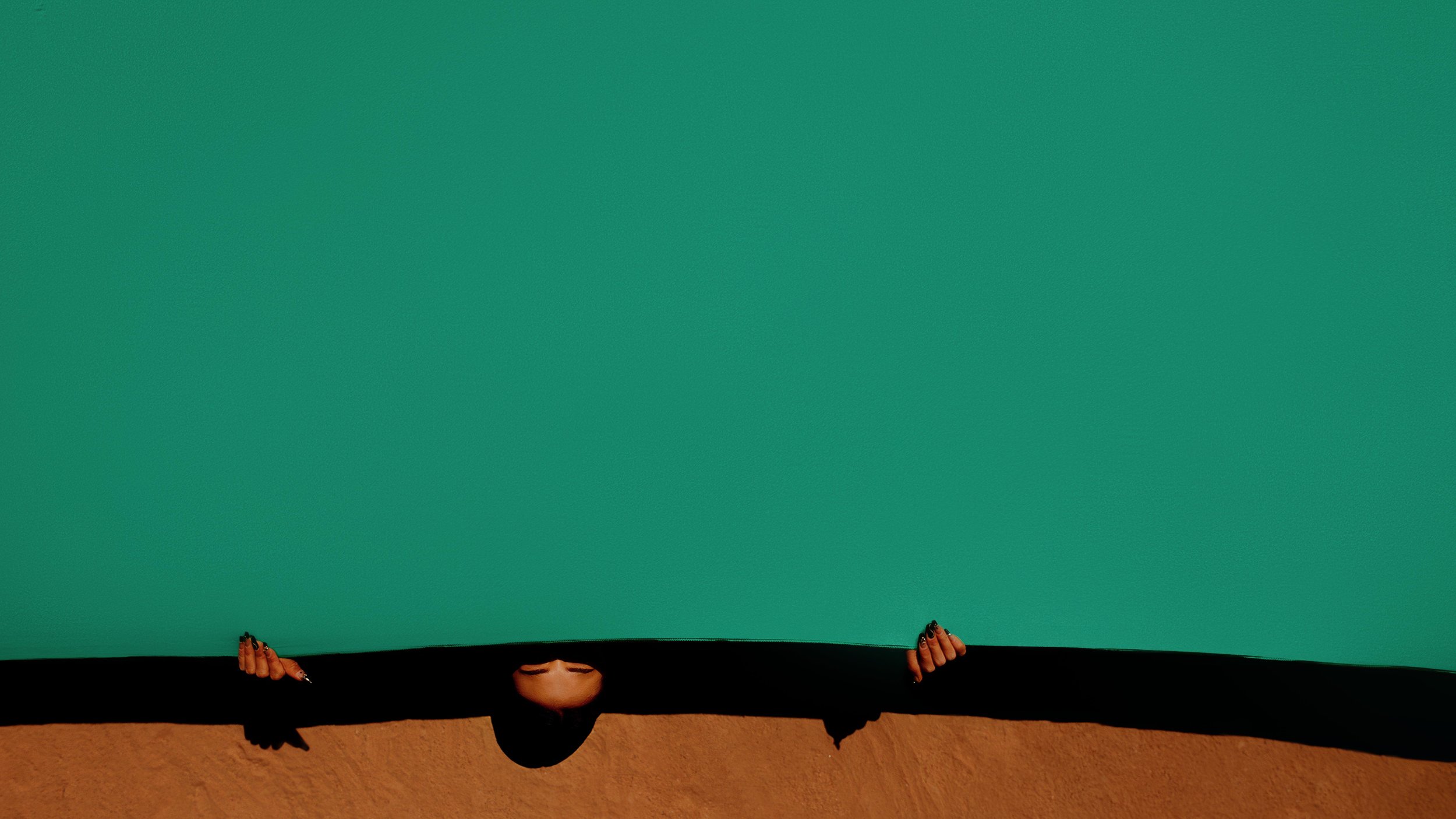
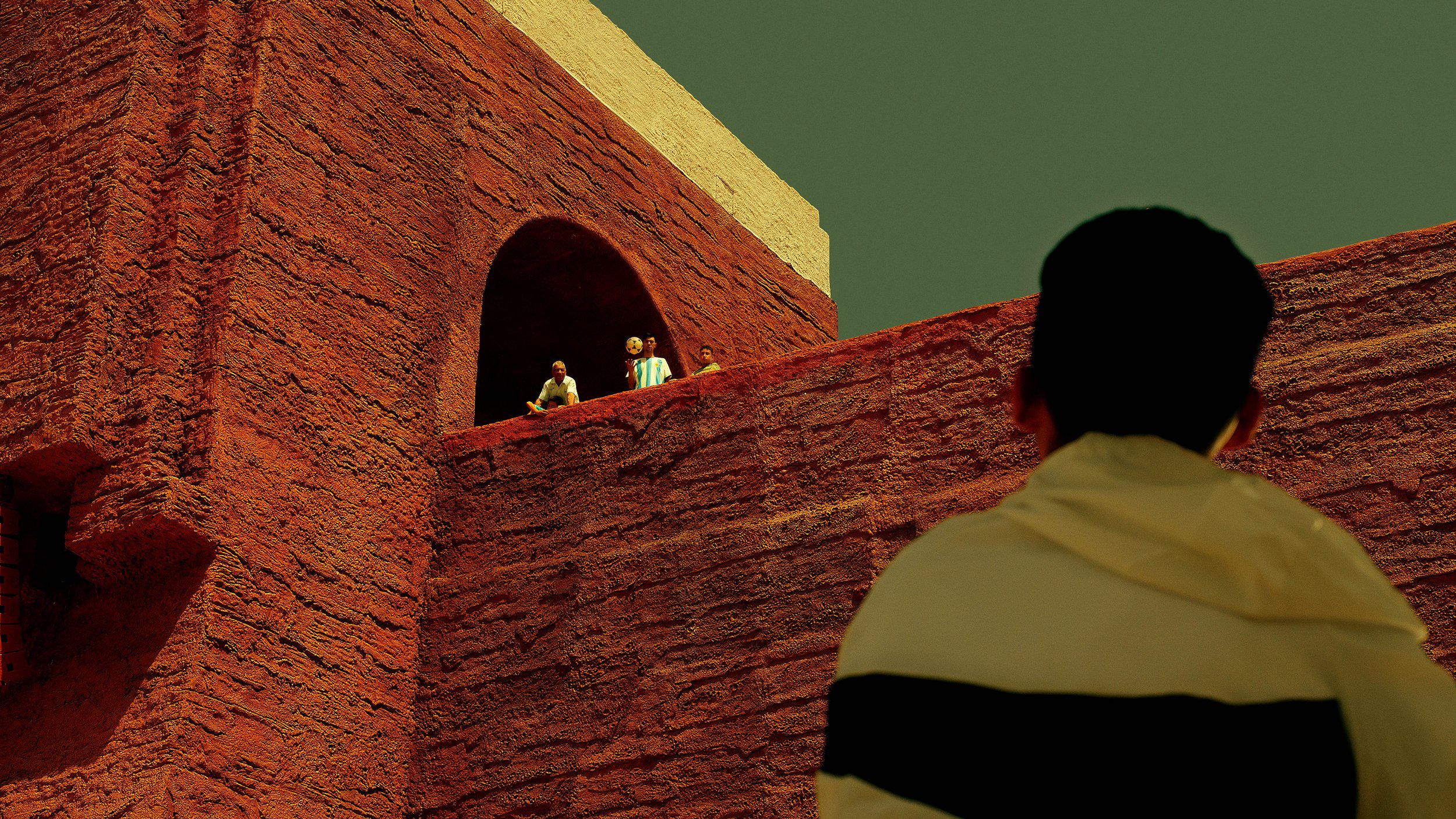
2. Can you share a quirky or unexpected source of inspiration that influenced one of your past projects?
- This reminds me of The Bloom, my Beijing Winter Paralympics project that serves to demonstrate the willpower of physically challenged individuals. I brought together people with disabilities who selected their favorite color of paint and used a brain- wave-capturing device to create a vibrant artwork. It’s a powerful piece that resonated with so many people and caused a huge emotional wave. The inspiration came from Stephen Hawking’s discussion of the Big Bang in “A Brief History of Time” and Jackson Pollock’s drip technique widely noticed in the abstract expressionist movement.
To my surprise, last year, Zhang Yimou happened to be looking for creative talents around China. Wang Zhiou, the head of visual effect for the Winter Olympics and founder of Blackbow, a digital technology company, referred me to Zhang, and luckily I was invited to join his team as the visual effects director and visual artist for the opening ceremonies for the Beijing Winter Olympics and Paralympics. Zhang Yimou is an internationally-acclaimed movie maker and the first person to have directed the opening ceremony for both summer and winter Olympics. We had countless rounds of brainstorming sessions, discussions, presentations, revisions and representations with him. He kept stressing the importance of using China’s creative power to tell a ‘romantic Chinese story’ that combines digital, design, tech, performance and art. It needed to feel ethereal, aesthetically pleasing and romantic in its tone, and take advantage of the horizontal and vertical screens available at the Bird’s Nest stadium. It was a difficult and lengthy process, full of uncertainties, surprises and excitement. The creative team led by Zhang rejected idea after idea, paving the way for ideas to become better and better. In the final plan for the opening ceremony, I was one of the visual effects directors and worked with Blackbow for two segments of the Winter Olympics Opening Ceremony: Rites of Spring and Tribute to the People.
The Winter Paralympics kicked off at the Bird’s Nest in Beijing on March 4 2022. Zhang also invited me to be the director and visual artist for a short film there to be featured in the opening ceremony. So I created a tech art installation named The Bloom. This was an art piece working with a group of disabled individuals dedicated to the Paralympics. The participants each picked their favorite colors of paint and we placed them in balloons with detonators. The brainwave-capturing device they wore sent their brain signals to trigger the balloons to detonate, causing the paints to be splashed onto a blank canvas. The mixture of vivid colors come together to form an abstract smiley face, indicating the way we welcome people from around the world. It is a tech and art experiment, an expression of the strength of the disabled.
The Bloom drew inspiration from something I did back in 2014 called Mind Art. Zhang really enjoyed it, so he asked me to bring the same concept to life in the Winter Olympics opening ceremony. Mind Art was more like a magical surrealist experiment that came from a thought I often had about the connection between the infinite universe and us tiny individuals, and my attempts to visualize the power of minds. Mind Art itself is based on two theories: the widely accepted Big Bang theory and the ancient wisdom about the interactions between the universe and mankind. I believe everything that happens around us, everything we do, every choice we make, though they seem random on the surface, in fact contain all the information there is in the universe.
In The Bloom, each participant is asked to pick their favorite color of paint and use a brainwave-capturing device to trigger the detonation. To me, this is a subtle interaction between mankind and the universe. When the paints are splashed onto the canvas, it is a visualization of every participant’s inner cosmos.
The process reflects the choice each individual makes. The final product contains all the interactive information between the individual and the universe. The theoretical basis of the Big Bang is also the visual device in this experiment. Zhang also invited Cai Guo-Qiang, a globally renowned artist, for brainstorming sessions with the team in order to calibrate this project to be more in line with the theme of the Winter Olympics. This turned our original plan upside down, and revamped The Bloom: 12 individuals with disabilities, creating a colorful smiley face around a circular canvas 8m in diameter, a symbol of friendship, peace, happiness, and togetherness. This smiley face went on to become one of the most important visual symbols during the opening ceremony.
Mind control is already quite well-established technology. We also hired Li Daquan, a tech engineer and CUSOFT, a brainwave tech company, to support the team. With their help we were able to bring the brainwave-controlled paint explosion to life. The participants may be physically challenged, but their minds are not.
3. Describe a time when you had to think outside the box to solve a creative challenge. How did it turn out?
- In China, cultural taboos often surround the use of black and white colors, with preferences leaning heavily towards vibrant and auspicious hues like red and yellow. But for me, black represents the culmination of all colors, as often mentioned, the "colorful black." In mid-October, I created a short film “Above the Cloud, All Heroes Gather”for the 19th Hangzhou Asian Games in collaboration with Alibaba Cloud. This film dared to defy convention by exclusively featuring black and white ink style, garnering widespread praise and admiration. I got the idea “Above the Cloud, All Heroes Gather”. Alibaba Cloud Migrates Hangzhou Asian Games’ Core Systems to the Cloud. Athletes from various parts of Asia converge in Hangzhou, undeterred by the thousands of miles that separate them, all in pursuit of their innermost dreams. Much like the clouds in the sky, their unity knows no boundaries, and they fear no geographical obstacles.
- During the filmmaking process, I collaborated closely with Alibaba Cloud Design Center and harnessed AI model Tongyi Wanxiang to adopt a "purely three-dimensional" approach. This approach lent itself to the creation of an ink-style production with oriental grace named "Paper full of clouds". The film interconnected iconic landmarks from various Asian countries with Hangzhou’s architectural treasures through a clever fusion of sports and symbolism. For instance, the Seoul Tower in South Korea merged with the Hangzhou International Conference Center, the King Power Mahanakhon in Thailand intertwined with the Zhejiang Global Center, the Petronas Twin Towers in Malaysia harmonized with the Hangzhou Arch, the Taj Mahal in India danced alongside Gongchen Bridge, Kiyomizu Temple in Japan blended with the serene Hu Xin Pavilion, and Angkor Wat in Cambodia with the ethereal Three Pools Mirroring the Moon. These landmarks, representing nations large and small in Asia, metamorphosed into stages for athletic competitions on the Cloud, thereby conjuring a series of sporting spectacles. "On the Cloud, Heroes Unite" symbolized the Asian Games' spirit of uniting the diverse cultures of Asia through the medium of sports.
As Pierre de Coubertin, the visionary founder of the modern Olympic Games, once aptly stated, "The Olympics is more than just a competition; it is a profound cultural exchange and integration that emanates from the heart." This connectivity transcends the physical realm, touching hearts and fostering a profound sense of unity among people from diverse nations. The film's release on the official channels of the 19th Asian Games ignited fervor and anticipation among the public, not only for the upcoming sporting event but also for the sense of pride it instilled in Alibaba Cloud.
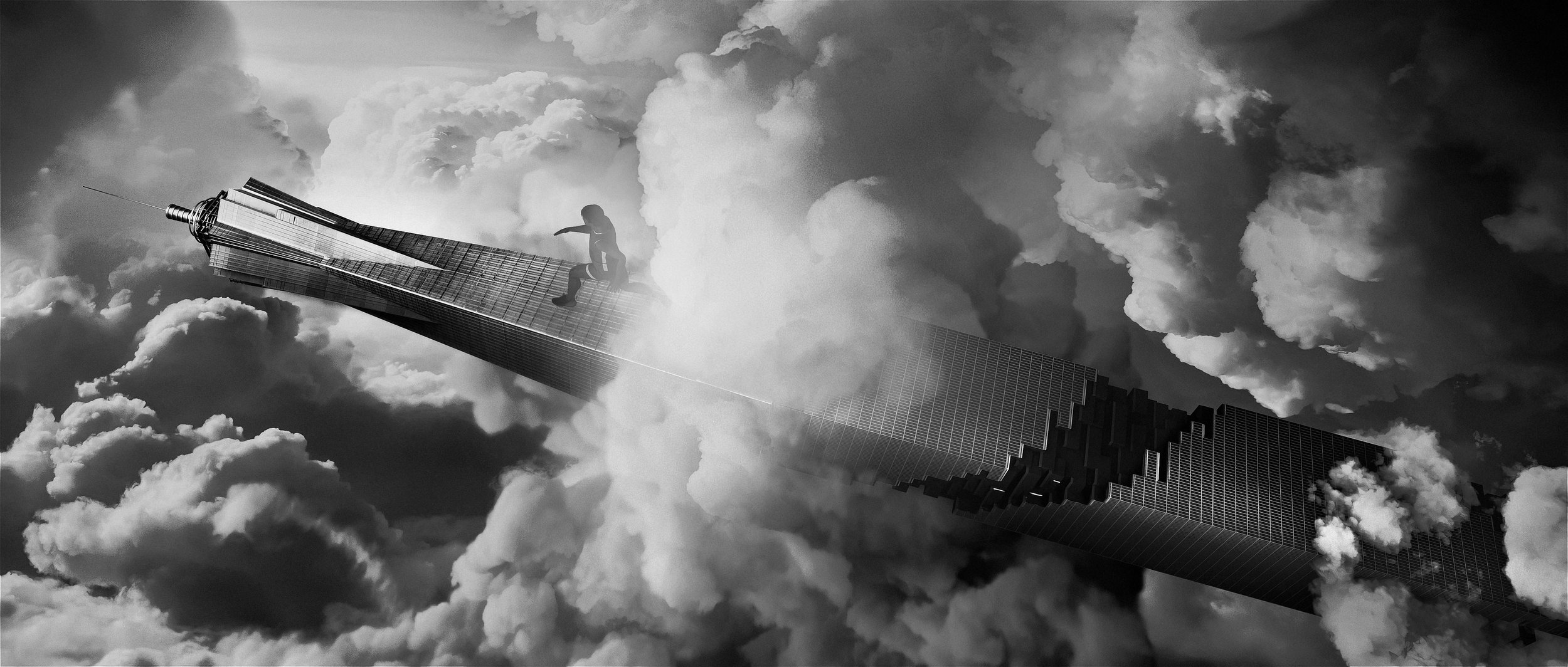
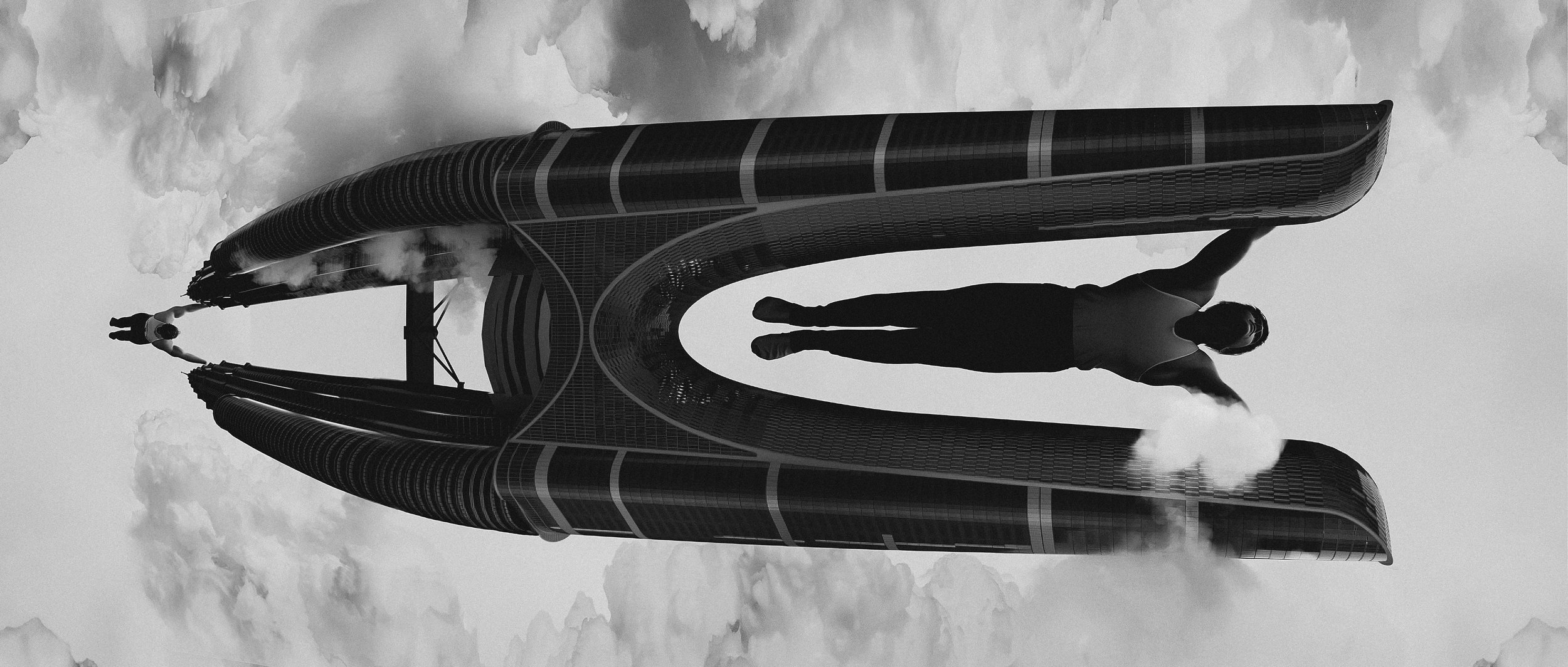
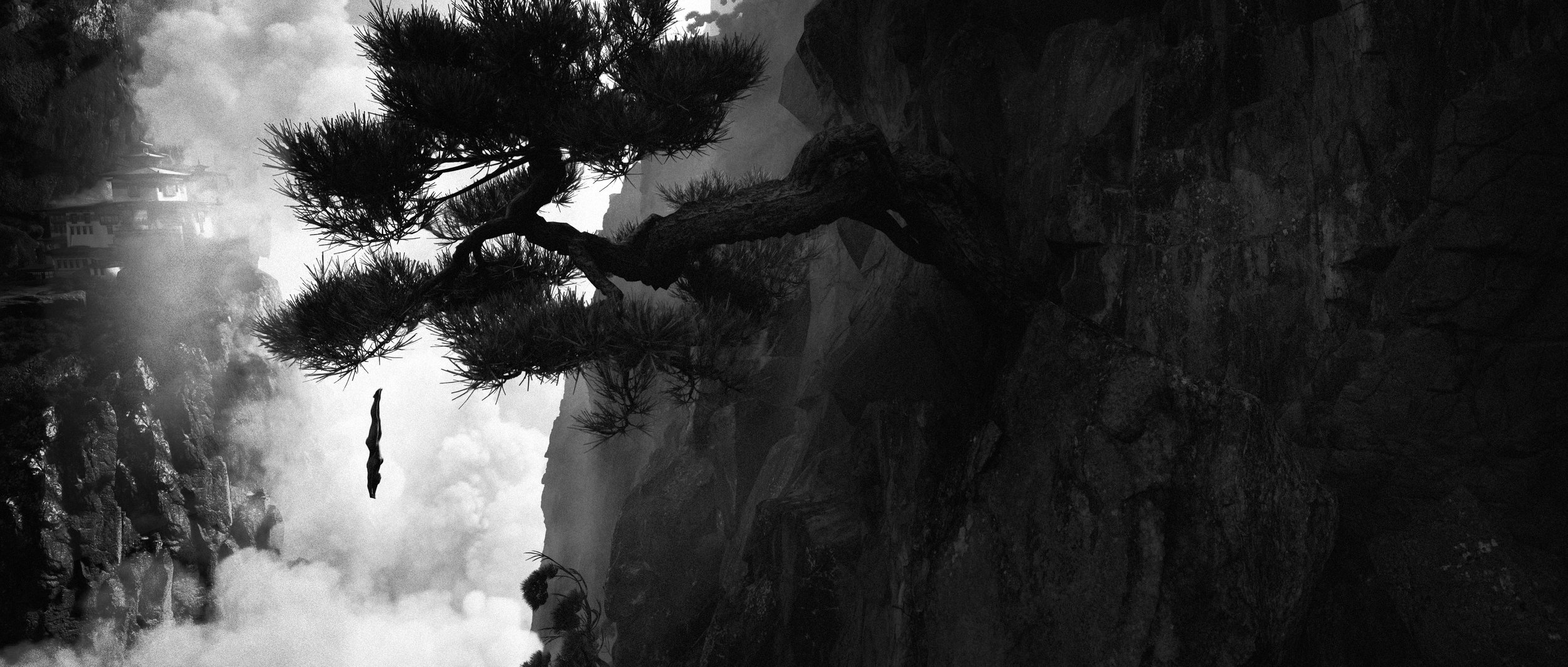
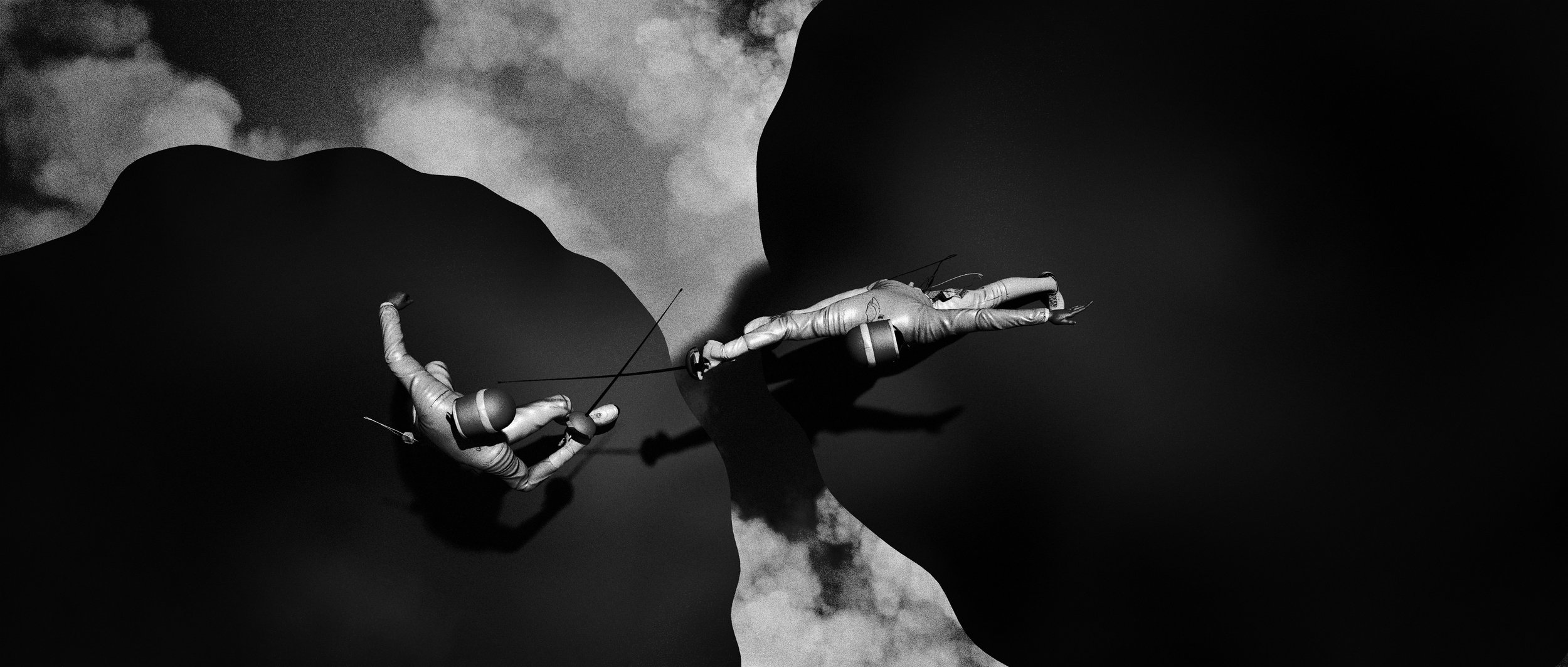
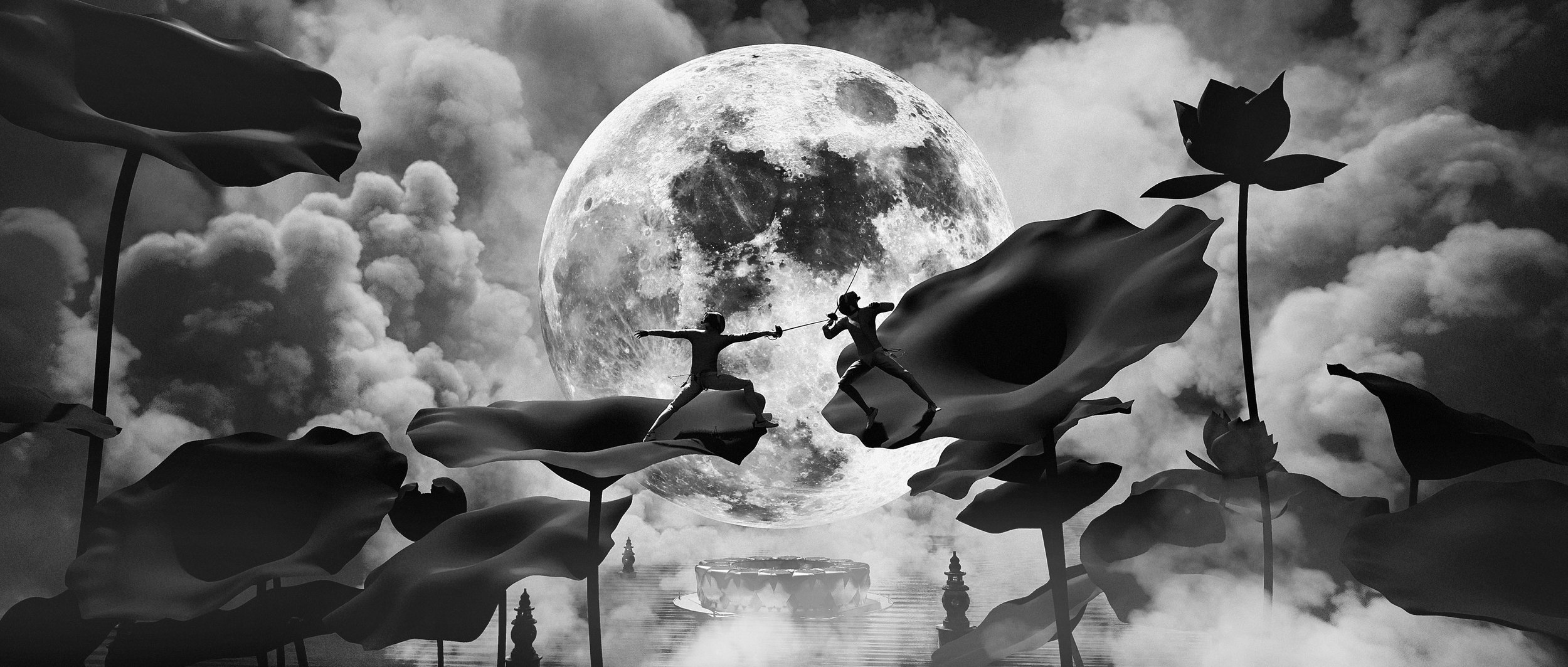
4. How do you unwind or recharge when you're feeling creatively drained or stuck?
- I like everything about our life on earth because everything inspires me, especially movies. When I was a child, I went to the cinema to see “The Shaolin Temple”. I felt that there was a great energy in the cinema to allow people inside to forget about the cruel realities, including fear and death. On my way to studying film making, I realized that I was faced with two problems, one for the audience and the other for myself. Almost all the creators want to find out from themselves what the problems are to be solved, and the main characters in their films always take the question with them on their ways and finally solve them, although sometimes the answer is not satisfied to everyone. However, because of the presence of the audience and the presence of people who like movies, we still have the obligation and responsibility to take the audience together with us creators during this exploration, to take our own problems with the audience, and to experience with the audience in the process, the meaning of life. This, I think, is the charm of film making.
Film is a comprehensive art. For those of us who’re creators or designers, who don’t have much luxury of time to enjoy daily life, film is a powerful nutrition for us to learn not only editing, music, costume, lighting, art, composition, storytelling, etc., but also more experience in life, even though it is virtual. I remember that the screenwriter’s training sessions were fun and useful such as kangaroos, Beijing Opera characters, high heels, buttons… all these unrelated elements are to be combined and form an unexpected story. And with that we need to set up multiple and complex characters, societies, politics, religions and philosophies and ultimately a grand world that no one has ever seen.
I often tell my colleagues in The Nine Shanghai that people are the most perfect AI, eyes, skin, ears, soul and every pore… You should feel everything freely and greedily, gaining more experience and information so as to create better works.
5. What's your favourite tool or software for bringing your creative ideas to life, and why?
- Adobe Photoshop, Adobe Illustrator, C4D are my favourites. These tools are easy to handle and quite versatile, enabling me to transform even the wildest imaginations into tangible sketches. They are more efficient than the current hailed AI tools, and, more importantly, the sketches embody my aesthetic flavours and creativity.
6. Can you recall a funny or memorable moment from a brainstorming session or team meeting?
- In 2018, the “Handheld Concert”, which was created for Rokid portable smart speaker, was a pitch project. When we first submitted the plan to the customer from post-70s to post-90s, they all praised it as a good idea at the competitive presentation conference, and then we won the budget and implemented it. Finally the work won two New York ADC Bronze squares,a Clio bronze,and IF Design gold award.
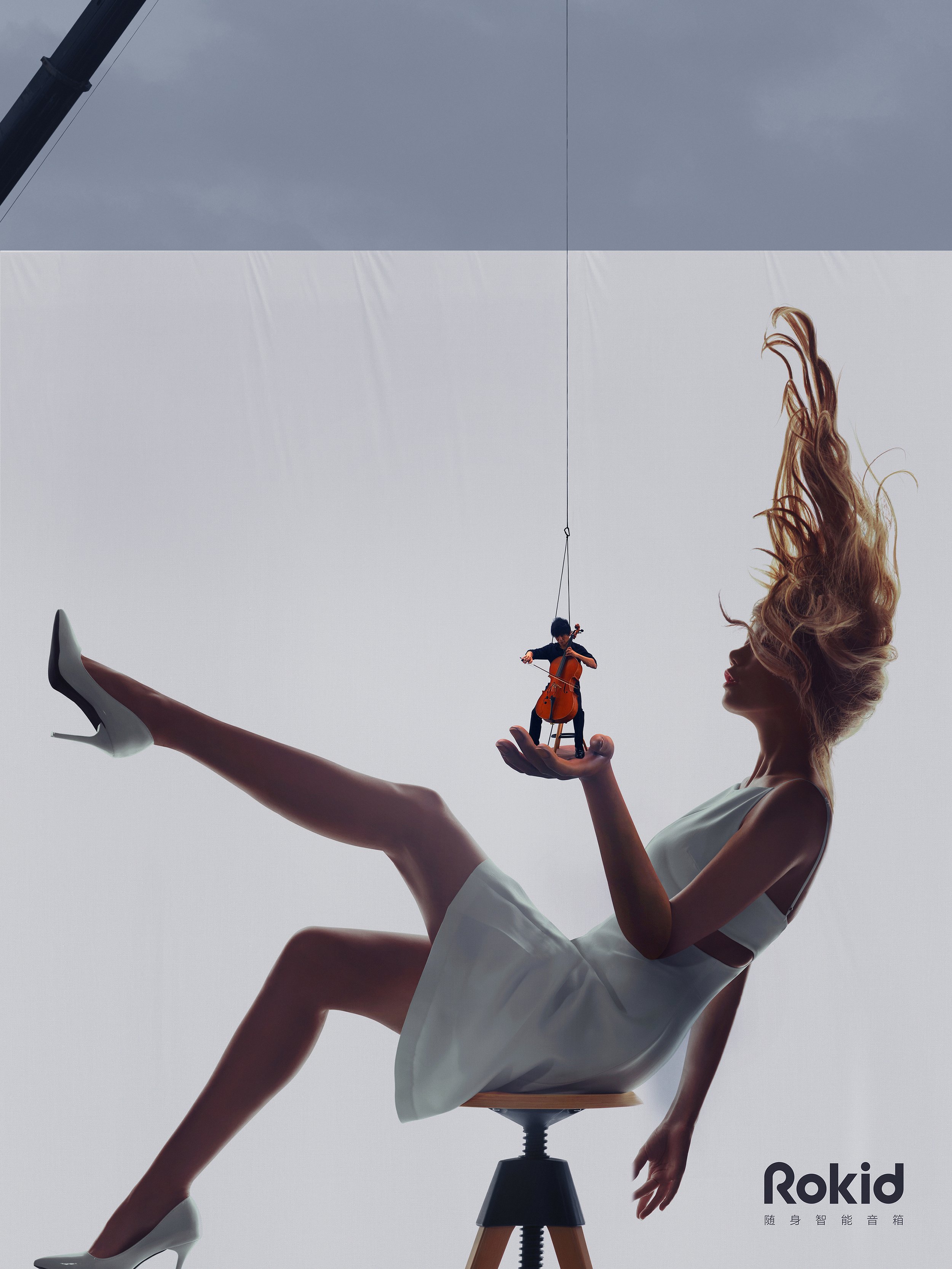

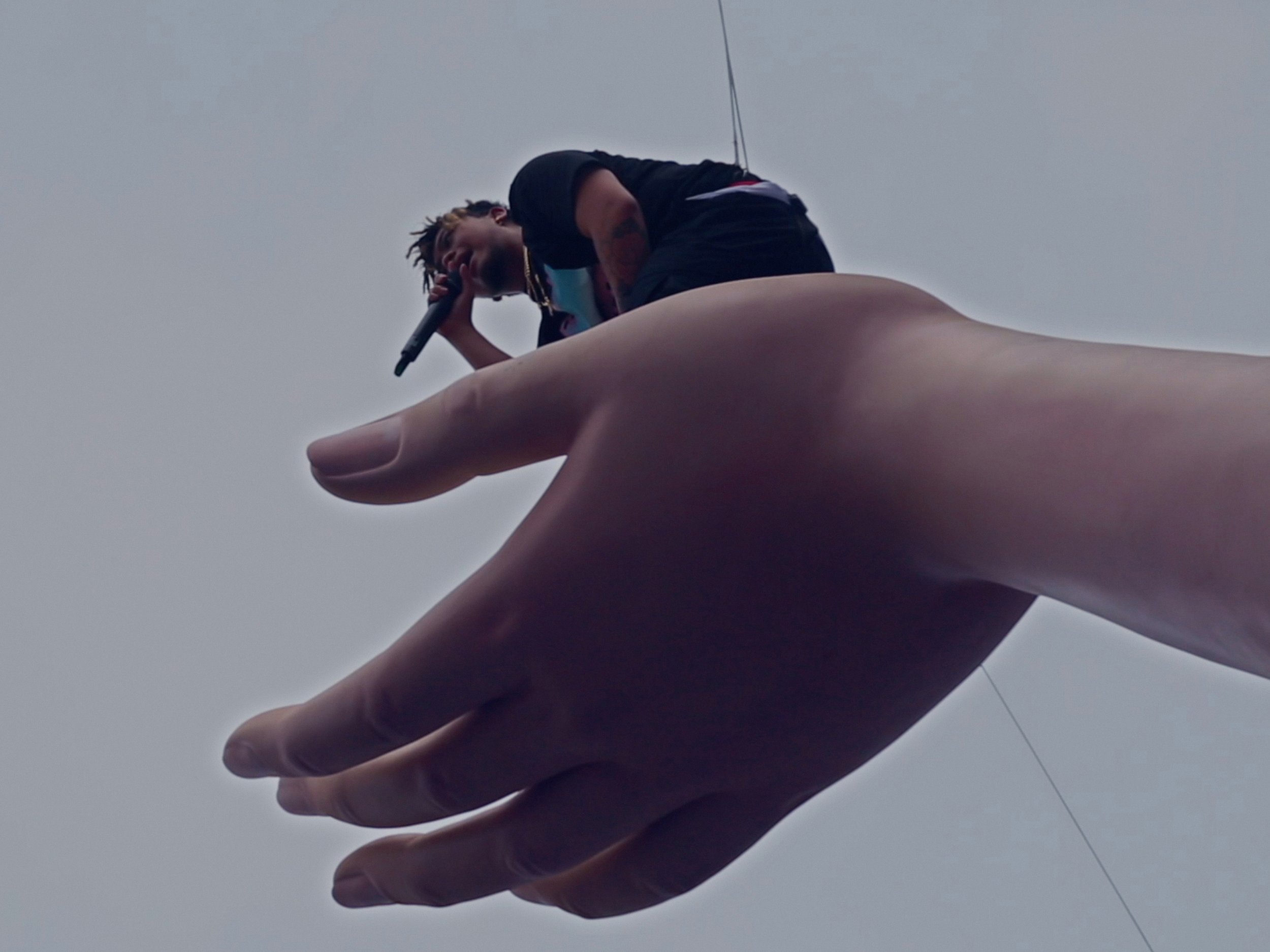
7. Is there a particular genre of art, music, or literature that you turn to for inspiration?
- I draw inspiration from a variety of art, music, literature and film genres. Artists like Leonardo da Vinci, Salvador Dali, Malevich, Mondrian, Andy Warhol, David Bowie, Leonard Cohen, Marilyn Manson, Billie Eilish, and iconic filmmakers including Alfred Hitchcock, Stanley Kubrick, Orson Welles, Andrei Tarkovsky, Godard, along with literary greats like Gabriel García Márquez and Kafka, have all played a significant role in shaping my creative outlook.
The film master Akira Kurosawa deserves my highest respect, whose humility and modesty continue to resonate. At the 62nd Academy Awards, Kurosawa made history as the first Asian filmmaker to receive an Honorary Lifetime Achievement Oscar. "I'm a little worried, because I don't feel that I understand cinema yet. I really don't feel that I have yet grasped the essence of cinema. But what I promise you is that from now on I will work as hard as I can at making movies and maybe by following this path I will achieve an understanding of the true essence of cinema and earn this award”, he said upon accepting the golden statuette.



